#B Movies
Text
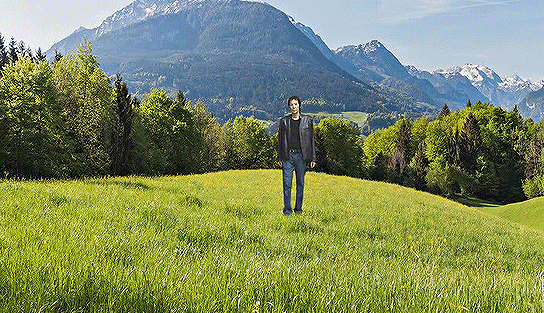
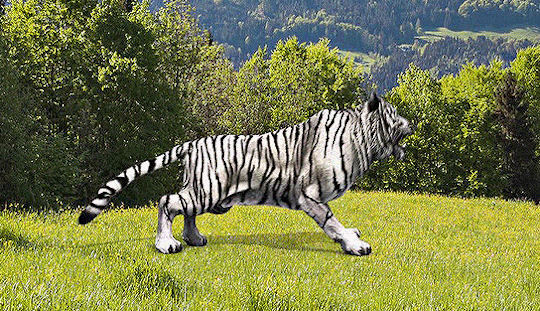

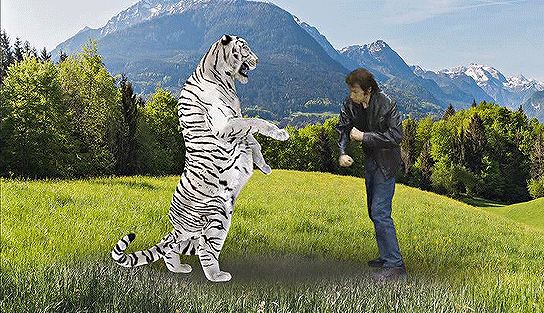

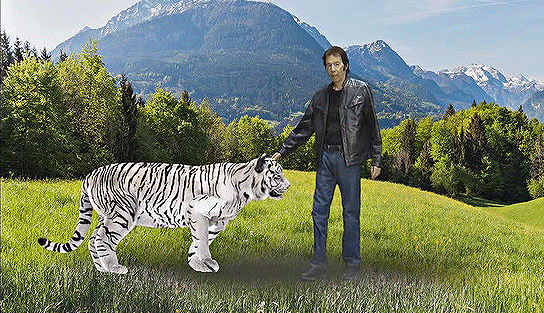
Cade: The Tortured Crossing (2023) // Dir. Neil Breen
#Cade: The Tortured Crossing#Cade The Tortured Crossing#The Tortured Crossing#Cade#Neil Breen#Cult Movies#B Movies#Low Budget Movies#Cade The Tortured Crossing Gifs#Neil Breen Gifs#Gifs#B Movie Gifs#AVB#AVBGifs#AVGifs#AVNeilBreen#AVNeilBreenGifs#AVCadeTheTorturedCrossing#AVCadeTheTorturedCrossingGifs
4K notes
·
View notes
Text
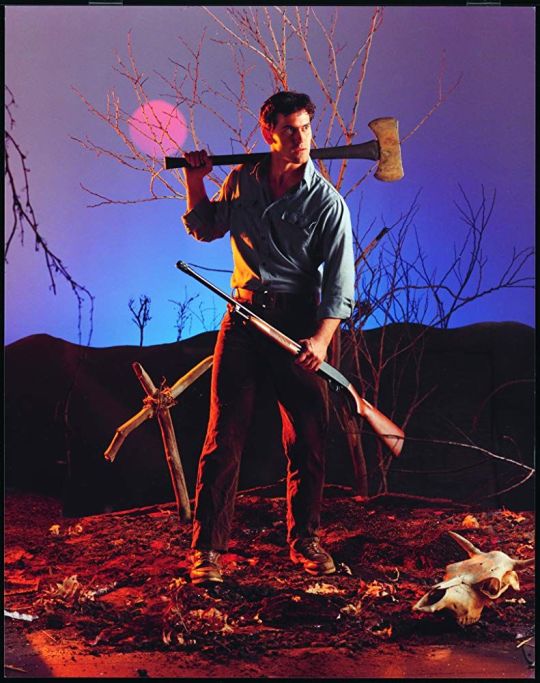
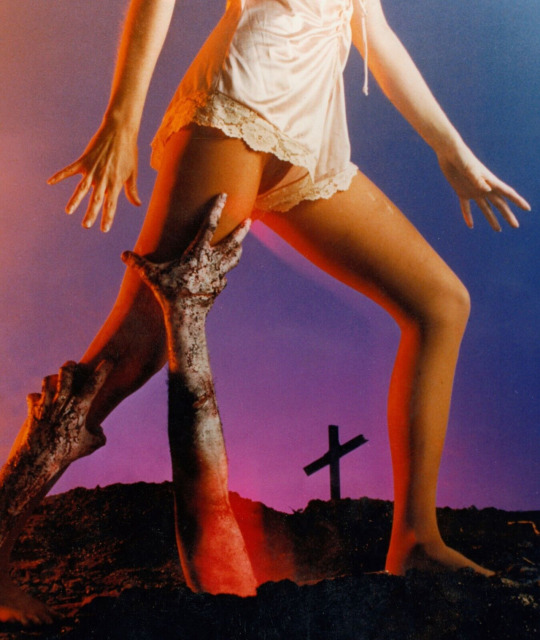
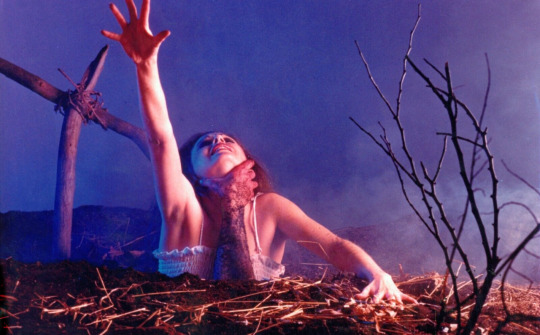




Evil Dead publicity stills with Bruce Campbell and Bridget Hoffman (the lady on the most famous poster of the movie).
#evil dead#ash williams#bruce campbell#deadites#chainsaw#bridget hoffman#80s#80's#1981#early 80s#horror#sam raimi#cult movies#b movies#cabin in the woods#but much better
1K notes
·
View notes
Text

RIP Roger Corman
#roger corman#old hollywood#b movies#vintage schlock#pinup#classic movie posters#old movie posters#it conquered the world
244 notes
·
View notes
Text
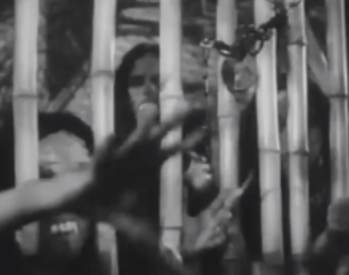
She Demons (1958)
#she demons#1958#1950s horror#1950s movies#richar e. cunha#schlock#b movies#trash classic#horrorgifs#gif#my gifs
192 notes
·
View notes
Text

Home Video - The Cloud (1982)
#vhs#movies#typography#b movies#graphic design#movie title#title design#aesthetic#nostalgia#80s#90s#vhs edit#vhs aesthetic#retro scifi#retro#retro horror#film title#science fiction#films#logo design
228 notes
·
View notes
Text
Monster Art History: The Wendigo
You may be wondering why the wendigo, which has become very popular in pop culture over the last 10 years or so, is usually depicted in Western sources with a deer head. This appears nowhere in Native American traditions, despite the creature having lots of folkloric variations. The association of the wendigo with deer is 100% Western, 100% modern, and has a long, weird history.
Just in case you need a primer, the windigo or witiko is a supernatural being from the Algonquin speaking nations of the eastern American continent. It appears as an emaciated figure, sometimes giant, sometimes covered in ice, sometimes both. In many stories, they have a literal heart of ice. Windigos are manifestations of cannibalism and winter, and hunt, kill and eat people. Someone who resorts to cannibalism to survive, or otherwise abandons their community for personal gain, will become one of them. A few stories tell of someone being “cured” and turned back into a human, but usually the only cure is to kill the monster. In the last several decades, native writers have associated windigos with capitalism and deforestation as an extension of their selfishness. If you would like to know more about the properly Native windigo in context, I recommend Dangerous Spirits: The Windigo in Myth and History by Shawn Smallman.
The creature first came into horror fiction with Algernon Blackwood’s “The Wendigo”. Note the spelling, which would become the standard in horror, and generally in non-academic Western sources. In that story, it is not associated with cannibalism, but instead is a more generic “evil spirit of nature”. This wendigo stalks white people in the wilderness and turns a Native character into a new wendigo by seizing them and flying with them into the sky. This definitely better fits fears about non white people, fears about nature, and how the one is closer to the other than “civilized” people. Its description in the story is vague (the most we get is that it has burned its feet away by running into the sky). But when the story appeared in Weird Tales in the 1930s, Virgil Finlay illustrated it like this, the first antlered wendigo I know of.

This story was ripped off by August Derleth, a prominent Weird author in the 1940s and the main popularizer of HP Lovecraft. In his Cthulhu Mythos stories, he introduces Ithaqua the Wind Walker, which is an alien version of Blackwood’s monster. This fits into Derleth’s vision of the gods and monsters of HP Lovecraft falling into the four classical elements, with Ithaqua being invented to represent Air. Ithaqua is usually depicted as an icy, emaciated giant, so ironically is one of the more accurate wendigos to Indigeonous beliefs in pop culture.
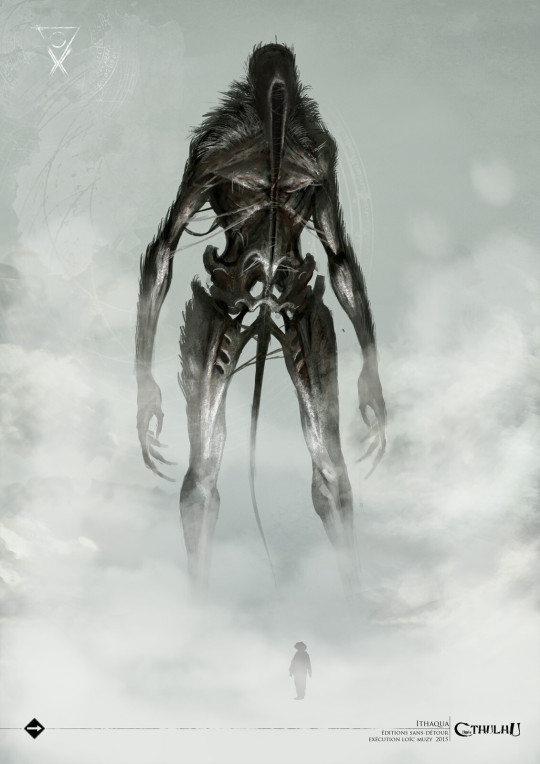
Image from a recent French edition of Call of Cthulhu RPG, by Loic Muzy
In Pet Sematary, Stephen King uses a wendigo as the reason for why the titular cemetery is cursed. This is an update of the classic racist trope of the “Indian Burial Ground”, except this time what gets buried there comes back animalistic and evil. The racist implications of that are pretty apparent. This wendigo is seen briefly and has ram’s horns. It does not appear in the first film adaptation, but does in the more recent one... with deer horns instead, because those are trendy right now.
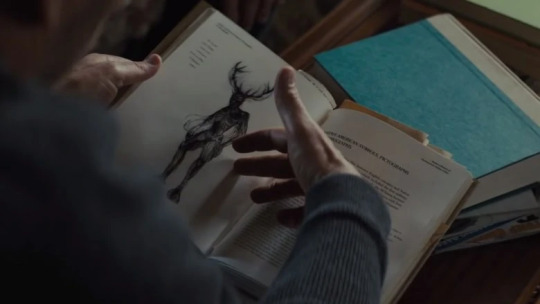
A good scholarly look at the real windigo versus the 20th century horror wendigo is “The Appropriation of the Windigo Spirit in Horror Literature” by Kallie Hunchman.
In the 1980s, a movie called Frostbiter: Wrath of the Wendigo was produced, but it wasn’t released until 1995 by Troma. From what I’ve read, it’s a pretty transparent ripoff of Evil Dead 2, with the characters being picked off in a haunted cabin with a zombie in the basement. The “twist” is that the origin of the horrors is a wendigo released by breaking a Christian demonology-style sacred circle. This wendigo is realized in stop motion animation, and has the most deer-like body yet.

A number of other independent horror movies in the 90s and 2000s used wendigos as a plot element. These follow the Blackwood/King approach of having the wendigo being something evil, ancient and Native American, reflecting white anxieties about living on stolen land more than Native anxieties about cannibalism and greed. Wendigo (2001) has the creature sicced on a white family when they hit a deer with their car. The Last Winter (2006) posits that global warming and fossil fuel extraction have unleashed the ghosts of dead animals, which are wendigo apparently, to revenge themselves on mankind. Which approaches the idea that greed is wendigo sickness, but I don’t think intentionally as a reference to modern Native literature. The “wendigo” in this movie are spectral moose and caribou.

The mainstream breakthrough of the deer-headed wendigo was in, appropriately enough for this blog, Pathfinder RPG. In “Spires of Xin-Shalast”, the last volume of Rise of the Runelords published in 2008, a wendigo is a major encounter. I suspect that either the author (Greg A. Vaughn), or one of the editorial staff had seen Frostbiter, as the setup involves a cabin haunted by dwarven cannibal ghosts who all killed and ate each other due to a wendigo’s influence. This wendigo is a hybrid of the Blackwood and Cree versions in terms of its MO: it is a cannibal ice spirit that wants to make more cannibals, and does so by abducting people and running off into the sky with them. Its design is the standard for what most Western artists depict wendigos as these days: an emaciated humanoid with the head and antlers of a deer (and the burned off feet of Algernon Blackwood, which are less common):
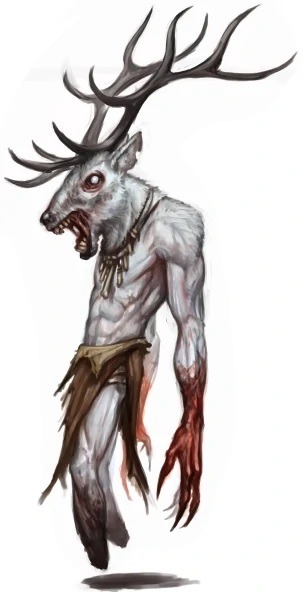
Image by Tyler Walpole, © Paizo Publishing
This wendigo definitely made a splash at the time; it was the first time I remember seeing a deer-headed wendigo, and art of that design started to become common. It pushed away previous wendigo depictions, which were typically werewolves (as French Canadian trappers had blended the concept with their own loup-garou, and Werewolf the Apocalypse had a whole faction of racist Native American “wendigos”) or shaggy and ape like (based more on the look of the Marvel Comics villain).
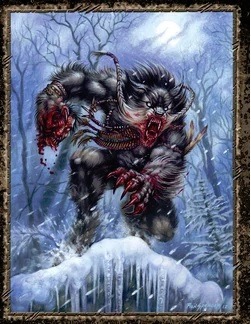
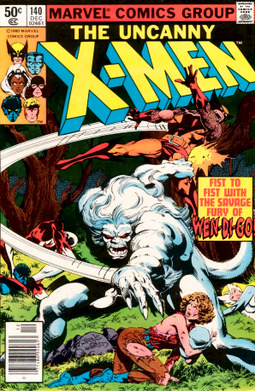
What turned wendigos from “folklore/horror monster” to “fandom blorbo” was Hannibal, which first aired in 2013. In that series, the first murder is a woman’s body impaled on a stag’s head, after which protagonist Will Graham has visions of a black stag, and a man with the antlers of a stag, representing murder, evil, and of course the cannibalistic murderer Hannibal Lecter.

Since Hannibal was super popular with the shipping fandom set, wendigo themed characters became popular in its wake, creating a wholly new way to culturally appropriate the wendigo. This was magnified by Over the Garden Wall, which came out in 2014, and its villain The Beast. The Beast is never called a wendigo, but is an antlered giant associated with winter, and so is commonly head-canoned as a wendigo and associated with them in fandom circles.

Which gets us to the modern day, where teenagers have misunderstood wendigo OCs, any character with antlers can be called a wendigo on the internet, and actual First Nations people with an actual cultural connection to the legend wish that people would just knock it off.
#and now you know#wendigo#windigo#witiko#creature design#art history#pathfinder rpg#algernon blackwood#august derleth#cthulhu mythos#stephen king#b movies#stop motion#hannibal#native american#first nations#cultural appropriation#long post
2K notes
·
View notes
Text
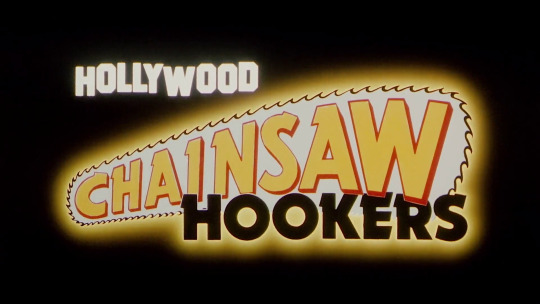
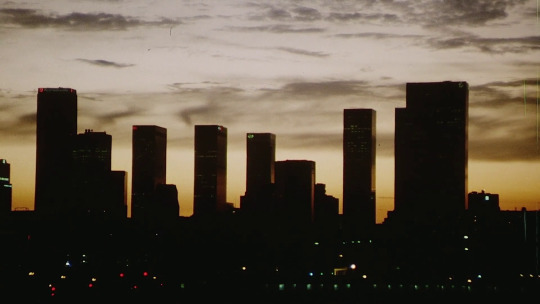


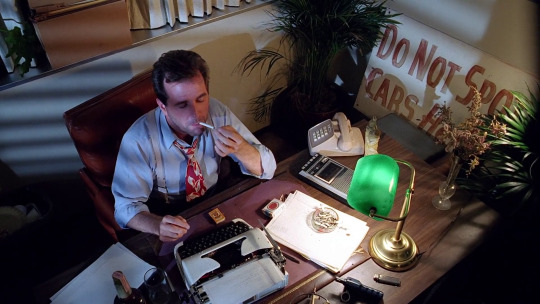

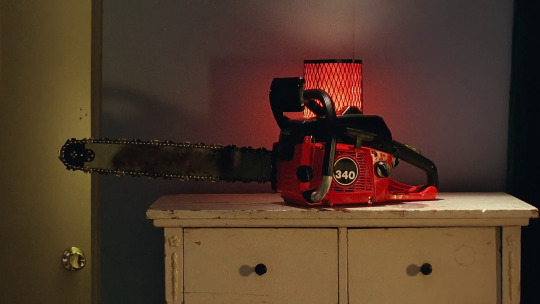
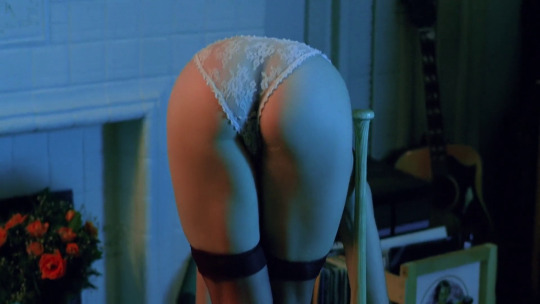

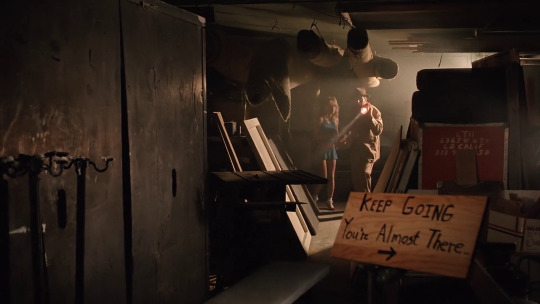


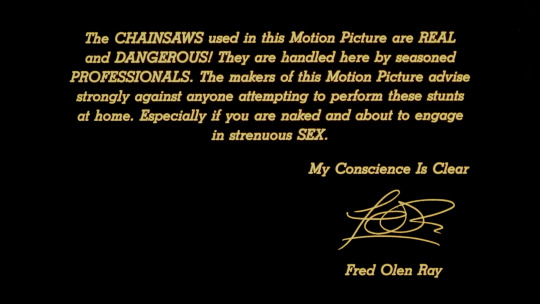
HOLLYWOOD CHAINSAW HOOKERS (1988)
Director: Fred Olen Ray
Cinematography: Scott Ressler
#hollywood chainsaw hookers#gunnar hansen#linnea quigley#jay richardson#michelle bauer#fred olen ray#80s#80s horror#80s horror movies#trash#trash movies#b movies#b horror#trash horror#horror movies#horror aesthetic#80s aesthetic#80s movies#cinematography#movie screencaps#movie frames#movie screenshots#film frames#film screencaps#film screenshots#screencaps#screenshots#slashers#slasher#horror
302 notes
·
View notes
Text

Picasso Trigger (1988)
#80s#80s aesthetic#retro#retro aesthetic#lofi#analog#vaporwave#vaporwave vibes#chillwave#retrowave#80s movies#b movie#b movies
184 notes
·
View notes
Text
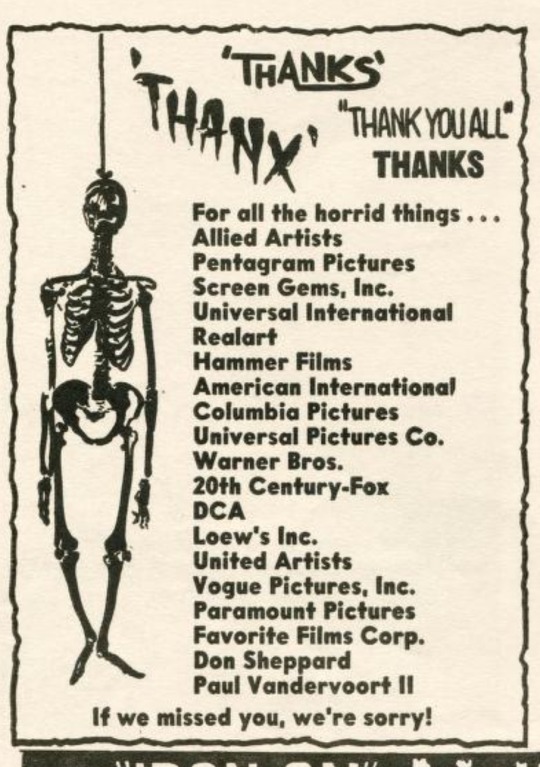
Horror Monsters No. 8 (1964)
#1960s films#monster magazines#1930s movies#horror films#universal horror#classic horror#b movies#cult film#hammer horror
200 notes
·
View notes
Text
youtube
Fun fact: That one Beatboxing Puppy clip that's been going around is from a movie called Our Drawings.
Fun fact: It isn't just as insane as that scene, it is moreso.
Like, to call this animation's equivalent to The Room is an understatement, holy shit you need to watch this.
92 notes
·
View notes
Text

How to Make a Monster (1958)
#How to Make a Monster#1958#horror#black and white#b&w#movies#b movies#american international pictures#monsters#50's#gif
88 notes
·
View notes
Text
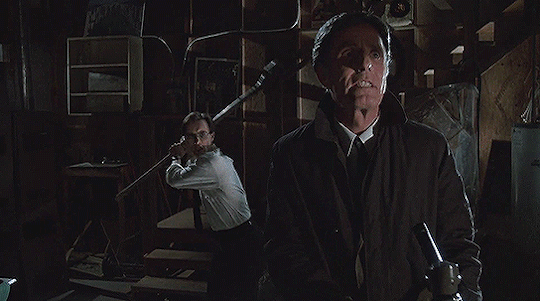


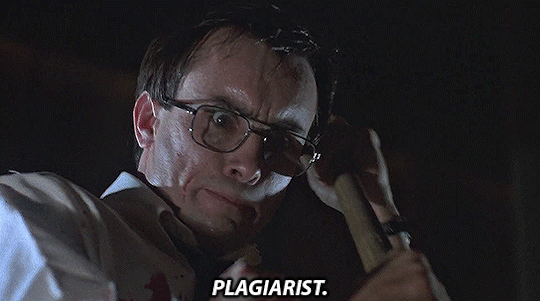

Re-Animator (1985) // Dir. Stuart Gordon
#Re-Animator#ReAnimator#Stuart Gordon#Jeffrey Combs#Herbert West#Carl Hill#Dr. Hill#Dr. Carl Hill#David Gale#B Movies#B Movie#Low Budget Movies#Horror#B Horror#B Movie Gifs#AVB#AVBGifs#AVRe-Animator#AVRe-AnimatorGifs#AVBHorror
2K notes
·
View notes
Text

#michelle bauer#scream queen#scream queens#1980s#1990s#80s#90s#babe#babes#horror#b movies#cult films#vintage#retro#nostalgia
299 notes
·
View notes
Text
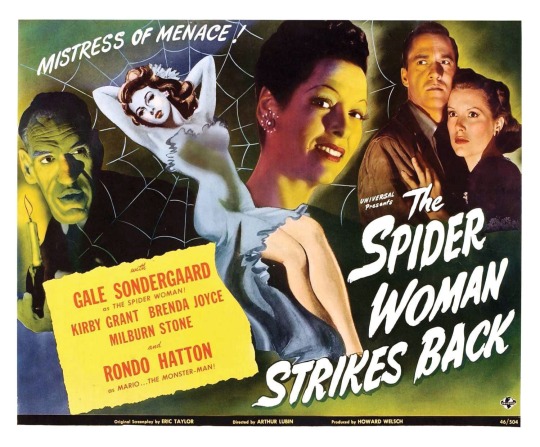
One of the great Gale Sondergaard’s last starring roles before being blacklisted by the fanatical Right. I’ve heard people talk about this movie and wonder what she’s striking back from, the answer of course being that this is an extremely loose follow up to 1943 Basil Rathbone and Nigel Bruce classic, The Spider Woman. Also starring the inimitable Rondo Hatton, although he is not reprising his Sherlock role as the Hoxton Creeper.
#the spider woman strikes back#b movies#gale sondergaard#rondo hatton#pinup#vintage cheesecake#old movie posters#old hollywood#vintage horror#classic horror
58 notes
·
View notes
Text

Halloween is the perfect time to stay Up All Night with Rhonda Shear!
#rhonda shear#usa up all night#up all night#goddess#legs and heels#legs for miles#smoke show#legs for days#lingerie babe#happy halloweeeeeeen#happy halloween#halloween#cleavalicous#cleavage for days#rocking body#smoking hot#horror host#horror hottie#b movies#forever crush
69 notes
·
View notes
Text

Aw bummer, the king, our reason for existing in this genre of story telling. He almost made it to 100. Thank you Roger Corman. Seems he passed two days ago and I guess we are only finding out now. Great age, amazing career and lasting lineage forever that will inspire for the rest of my life and many others. No tears need be shed but again Thank You Roger. So many films in so many ways. Monsters, Murders, Motorcycles, Beaches, Babes, Bad asses, drugs, dudes, droids, explosions, exploits and excitement. Goes on forever. One more time bow for the king, thank you Roger.

20 notes
·
View notes